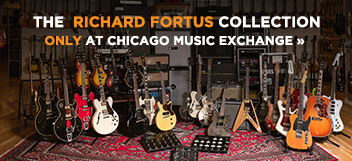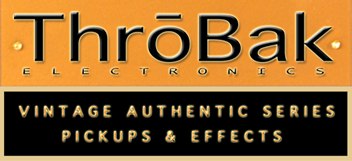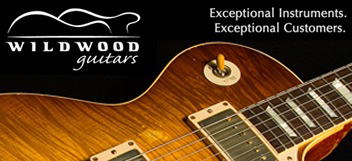I think the best it could have intonation-wise is what ES-225's used to have in the 50s. A straight bar, with a slight angle. I don't think it is deceiving to sell them. People who are interested in this model in the first place ought to be aware of the history of this bridge design.
Exactly what I'm saying, it should at least be at an angle, in order to intonate. The old wraparound bar bridge/tailpieces were installed at an angle. The Lightning Bar bridges were mounted straight, but had ridges on top to allow the intonation of the different strings. If this thing is a straight bar with no ridges on top, I don't see how it can even get close to being intonated. I'm sure that the guitar was made to intonate to some extent, I just want to know how.
Al



